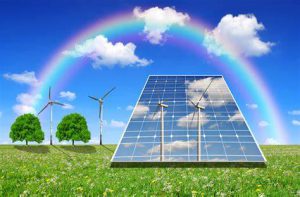
Some common factors for bags quality control:
Appearance
Quantity check
Measurement(weight & size & thickness)
Loading test
Smell test
Carton drop test
Barcode scan


Some common factors for bags quality control:
Appearance
Quantity check
Measurement(weight & size & thickness)
Loading test
Smell test
Carton drop test
Barcode scan


Some common factors for gloves quality control:
Appearance
Quantity check
Measurement(weight & size & thickness)
Rubbing test
Basic function check
Odor check
Carton dropping test
Tension test
3M tape test for Logo


Some common factors for hardware fittings quality control:
Appearance
Quantity check
Measurement(weight & size & thickness)
Basic function check
Assembly check
3M tape test for Logo


Some common factors for flower decoration quality control:
Appearance
Quantity check
Measurement(weight & size)
Basic function check
Rubbing test
Smell test
Bonding strength test
Barcode scan
Drop test
3M tape test for Logo


Some common factors for steel door quality control:
Appearance
Quantity check
Measurement(weight & size)
Basic function check
Assembly function test
Barcode scan
Drop test
3M tape test for Logo


Some common factors for Lychee Processing Machine Line quality control:
Appearance
Quantity check
Measurement(weight & size)
Running test
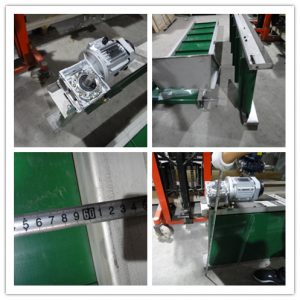
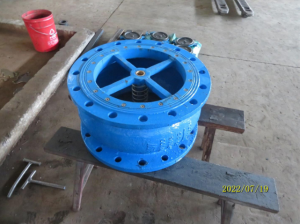
Some common factors for Valve quality control:
Appearance
Quantity check
Measurement(weight & size)
Product Pressure Testing
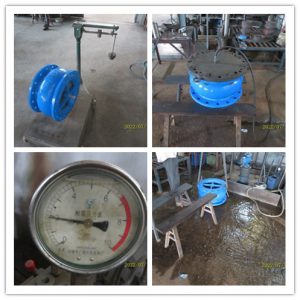
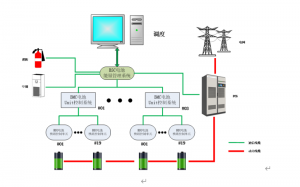
With the continuous decline in the cost of battery energy storage in recent years, in the integrated development model of photovoltaics and many fields, “photovoltaic + energy storage” has become a global development trend and one of the hottest development paths in the industry in the future. From the demonstration stage in 2007 to the full-scale outbreak in 2013, my country’s photovoltaic market has completed the development process of rapid technological development and continuous reduction of electricity prices. The data shows that in 2019, the cumulative installed capacity of photovoltaics in my country was 204.3GW, and the newly installed capacity was 30.1GW, ranking first in the world for seven consecutive years. Experts predict that “photovoltaic + energy storage application” will start in the “14th Five-Year Plan”, enter a stage of rapid growth, and gradually become an important new format for photovoltaic applications.
Although the combination of “photovoltaic + energy storage” renewable energy and energy storage industry is an inevitable development trend, the development prospects of the optical storage industry are very broad, but because my country’s optical storage industry is still in its infancy, the current development still faces many urgent solutions. The demand for large-scale and commercial development of the energy storage industry is very urgent.
As a professional supplier of intelligent lithium batteries, energy storage products, energy storage system integrators, and digital energy service providers, Beijing Yunwai New Energy Technology Co., Ltd. serves smart grids, new energy power stations, communication base stations, etc., providing customers with digital energy service program. The company has long-term diversified layout of the energy storage business sector, and explored the market and business model of the coordinated configuration of photovoltaic and energy storage. Combined with the special geographical location and environmental factors of some customers, the company has opened up a new frontier in the solar energy storage market, providing a high proportion of renewable energy in the future. Suggestions and suggestions for energy development under the energy structure. At present, the energy storage project of Haituo Temple 50kW/100kWh energy storage project, led by Beijing Yunwai New Energy Technology Co., Ltd. and providing system integration and the cooperation of Zhangjiakou Power Supply Bureau, has been officially put into operation.
Haituo Temple is located in Chicheng County, Zhangjiakou City, Hebei Province. It is a site for Theravada Buddhist missionary and meditation. Because the original plan has not yet started, the current buildings are steel structure glass houses and greenhouse-type temporary buildings, and the thermal insulation capacity is insufficient, resulting in cold winters and hot summers, and excessive power consumption. At the same time, due to insufficient planning in the early stage, the transformer capacity may not be able to meet the use. The location of the project has a suitable climate in summer, and is cold in winter and uses electricity for heating, resulting in unbalanced electricity consumption and a long-term high load state in winter. At the same time, considering that the electricity price difference at the location of the project is 0.41 yuan/kWh, and it does not have the conditions for peak-shaving and valley-filling, photovoltaic + energy storage is used for self-consumption, and surplus electricity is used for energy storage, and is not connected to the Internet.
System principle topology
For the highest economic benefits of the system and considering the future system scalability, Yunwai New Energy adopts a 0.5C system design, with a total capacity of 100kWh, power of 50kW, and photovoltaics of 50kW. The system uses a 10-foot energy storage container. The system consists of lithium iron phosphate battery energy storage unit, photovoltaic energy storage integrated converter, battery management system, energy management system, temperature control system, fire protection system and pre-installed containers. The whole system is controlled and managed by the BMC battery management system and the BSC battery energy control system, which coordinates the work of LFP batteries, PCS and other components, realizes the energy absorption and release of the entire container energy storage system, and provides an overall solution for energy storage and release.
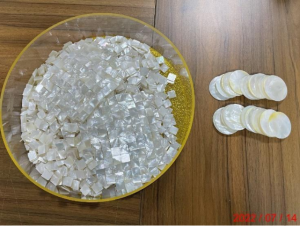
Some common factors for natural shell decoration quality control:
Appearance
Quantity check
Measurement(weight & size & thickness)
Simulation assembly test
Color check
Carton drop test
Barcode scan
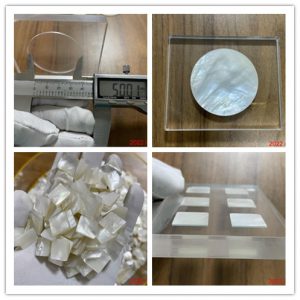
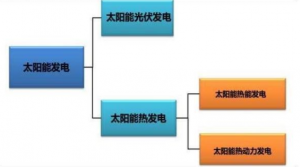
1. Solar energy is the energy from celestial bodies outside the Earth (mainly solar energy). It is the huge energy released by the fusion of hydrogen nuclei in the sun at super high temperature.
2. Fossil fuels such as coal, oil and natural gas are produced by plants that convert solar energy into chemical energy through photosynthesis and store it in plants, which are then formed by plants and animals buried underground over a long period of geological time. Water energy, wind energy, wave energy and ocean current energy are also converted from solar energy.
3. Solar photovoltaic power generation refers to a power generation method that directly converts light energy into electric energy without thermal process. It includes photovoltaic power generation, photochemical power generation, photoinductive power generation and photobiological power generation.
4. Photovoltaic power generation is a direct power generation method that uses solar level semiconductor electronic devices to effectively absorb solar radiation energy and convert it into electrical energy. In photochemical power generation, there are electrochemical photovoltaic cells, photoelectrolysis cells and photocatalytic cells.
5. Solar thermal power generation through water or other working medium and devices to convert solar radiation energy into electrical power generation, known as solar thermal power generation.
6. First convert solar energy into heat energy, and then convert heat energy into electrical energy, two conversion methods: one is to convert solar heat energy directly into electrical energy, such as semiconductor or metal material temperature difference power generation, vacuum devices in the thermoelectric electron and thermoelectric ion power generation, alkali metal thermoelectric conversion, and magnetic fluid power generation; Another way to generate electricity is to use the sun’s heat to drive a generator through an engine such as a turbine, similar to conventional thermal power, except that the heat comes from the sun instead of fuel.
7. There are many types of solar thermal power generation, including the following five main types: tower system, trough system, disk system, solar pool and solar tower thermal power generation. The first three are concentrated solar thermal power generation systems, and the last two are non-concentrated solar thermal power generation systems.
8. At present, the most promising solar thermal power generation system in the world can be roughly divided into trough parabolic focusing system, central receiver or solar tower focusing system and disk parabolic focusing system.
9. The three forms that are technically and economically feasible are: focused parabolic trough solar thermal power technology (referred to as parabolic trough); Focus on central receiver solar thermal power generation technology (referred to as central receiver); Point focusing parabolic disk solar thermal power generation technology.
10. In addition to the above mentioned traditional solar thermal power generation methods, new fields such as solar chimney power generation and solar pool power generation have also made progress.
11. Photovoltaic power generation is a technology that converts light energy directly into electrical energy by using the photogenerating volt effect of semiconductor interface. It is mainly composed of solar panels (components), controllers and inverters, and the main components are composed of electronic components.
12. Solar cells can be packaged and protected in series to form a large area of solar cell modules, and then combined with power controller and other components to form a photovoltaic power generation device.
13. Photovoltaic power generation is a small category of solar power generation, including photovoltaic power generation, photochemical power generation, photoinductive power generation and photobiological power generation, and photovoltaic power generation is only one of the solar power generation.
